
Laser Radiation IEC/EN 60825 Testing
Laser Radiation Levels
Laser radiation primarily poses a risk to human eyes and skin, depending on the angle α, wavelength, photochemical hazard power, photothermal hazard power, and laser/LED hazard classification. China JJR Laboratory provides testing services.
Class 1 Laser
Low risk, safe under reasonably foreseeable conditions of use, including optical instruments used for beam observation.
Class 1M Laser
Wavelength between 302.5nm and 4000nm, safe unless used with optical auxiliary devices (e.g., binoculars).
Class 2 Laser
Wavelength between 400nm and 700nm, contact radiation should not exceed Class 2 AEL (accessible emission limits), and any emission outside this wavelength range must be below Class 1 AEL.
Class 2M Laser
Wavelength between 400nm and 700nm, potential danger when observed with optical instruments, and any radiation outside this wavelength range must be below Class 1M AFI.
Class 3R Laser
Wavelength range between 302.5nm and 1060nm, potential danger but lower risk compared to Class 3B lasers. For wavelengths between 400nm and 700nm, the radiation limit is within 5 times the Class 2 AEL, and for wavelengths outside this range, within 5 times the Class 1 AEL.
Class 3B Laser
Generally dangerous under direct beam observation but safe when observing diffuse reflection.
Class 4 Laser
Dangerous under both beam and diffuse reflection observation conditions. Can cause skin injury and is a potential fire hazard.
Testing Standards:
- Europe: EN 60825-1, BS EN 60825-1
- Australia: AS/NZS 60825.1
- cb certification Scheme: IEC 60825-1
- China: GB 7247.1
Capability Range:
- Wavelength range: 400nm ~ 1600nm
- Optical power range: 10pW - 2W
Sample Quantity:
- Main test model: 1 complete sample
- Single test: 1 sample
Testing Instruments:
Instrument hardware, optical power probe
Email:hello@jjrlab.com
Write your message here and send it to us
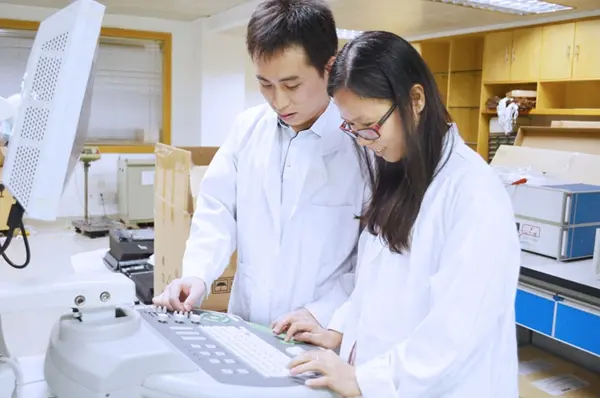 Cytotoxicity Analysis (CCK-8 Method)
Cytotoxicity Analysis (CCK-8 Method)
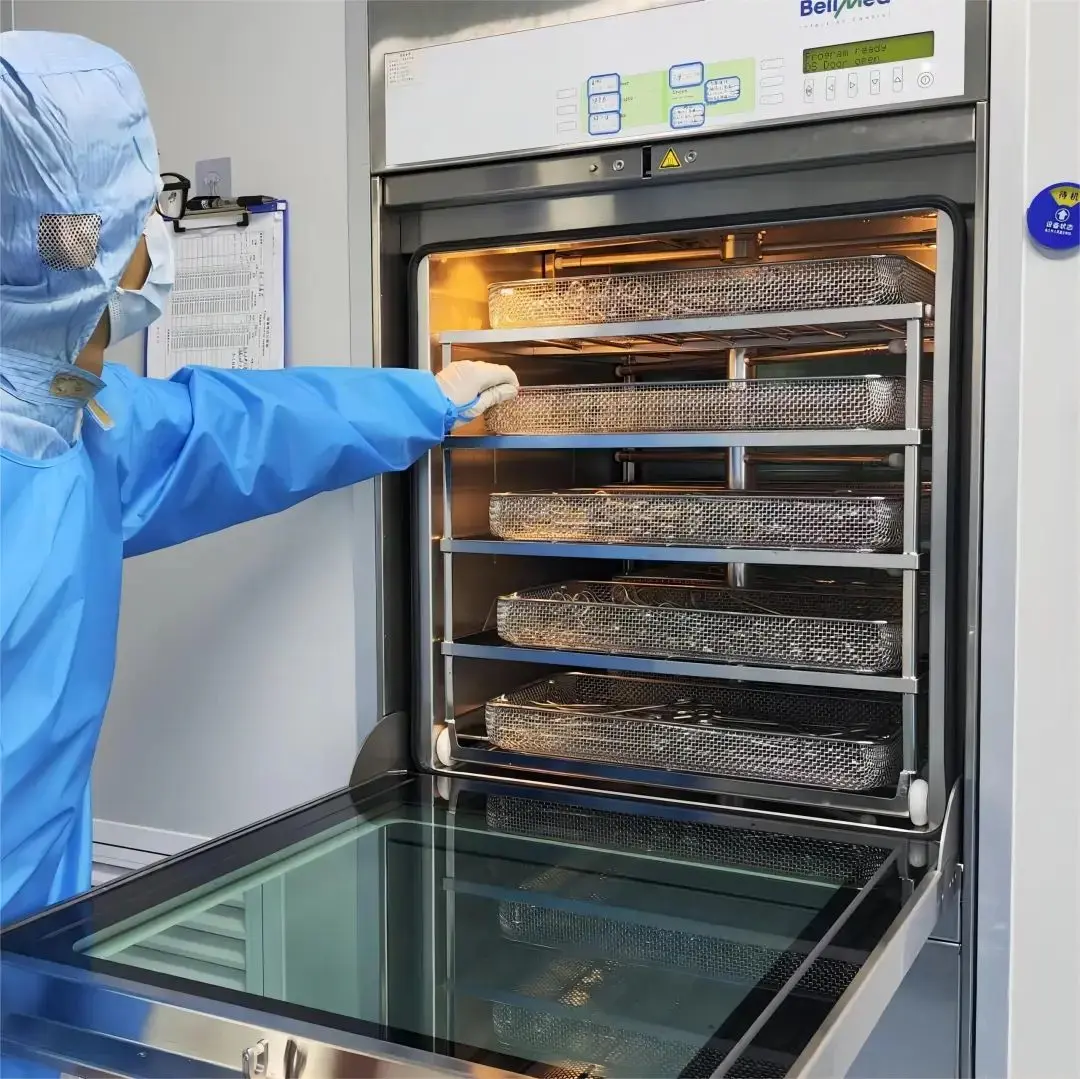 Disinfection Validation for Reusable Medical Devic
Disinfection Validation for Reusable Medical Devic
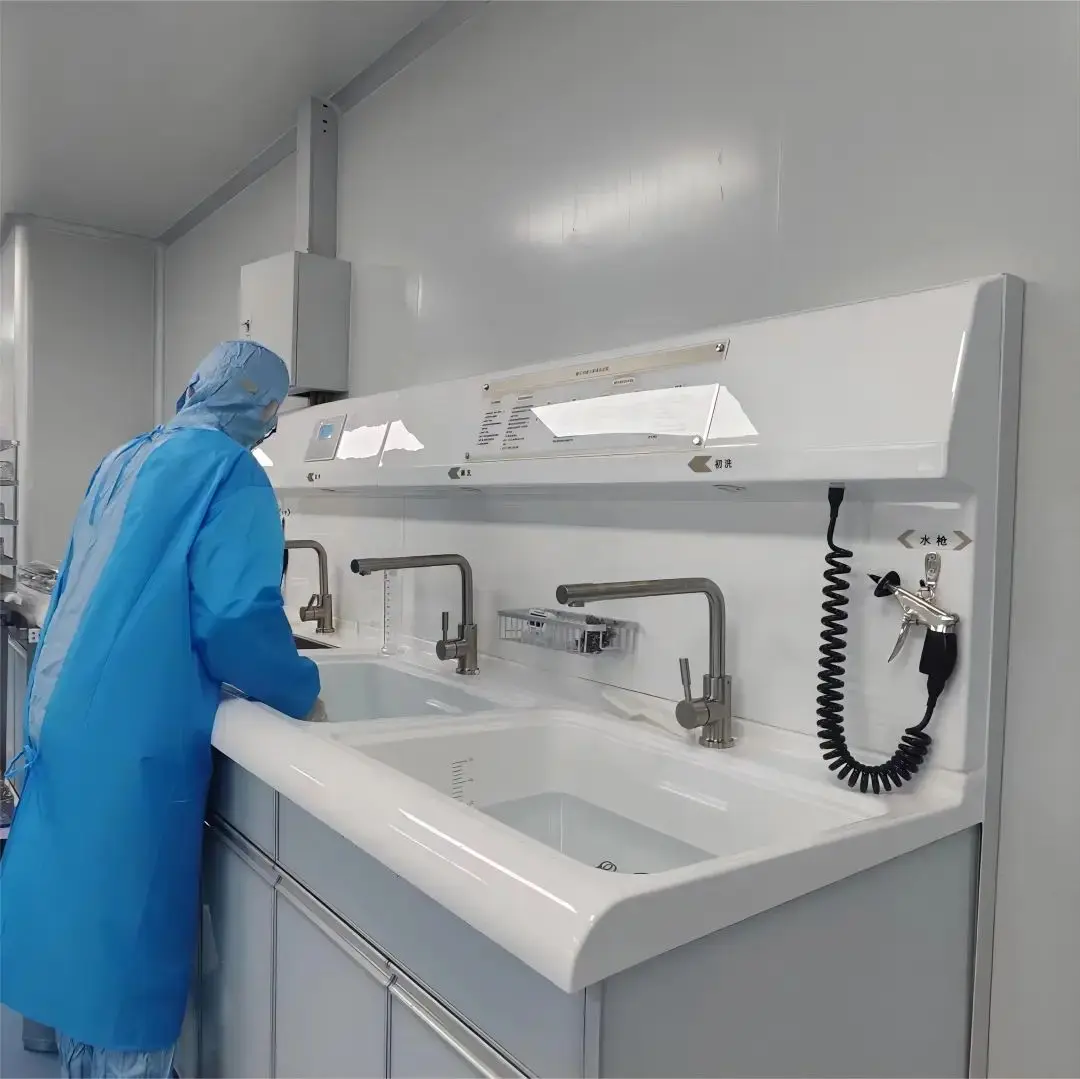 ASTM F3208-2020 Testing Laboratory
ASTM F3208-2020 Testing Laboratory
 Reprocessing of Reusable Medical Devices ISO15883
Reprocessing of Reusable Medical Devices ISO15883
 Wireless Product Certification Guide
Wireless Product Certification Guide
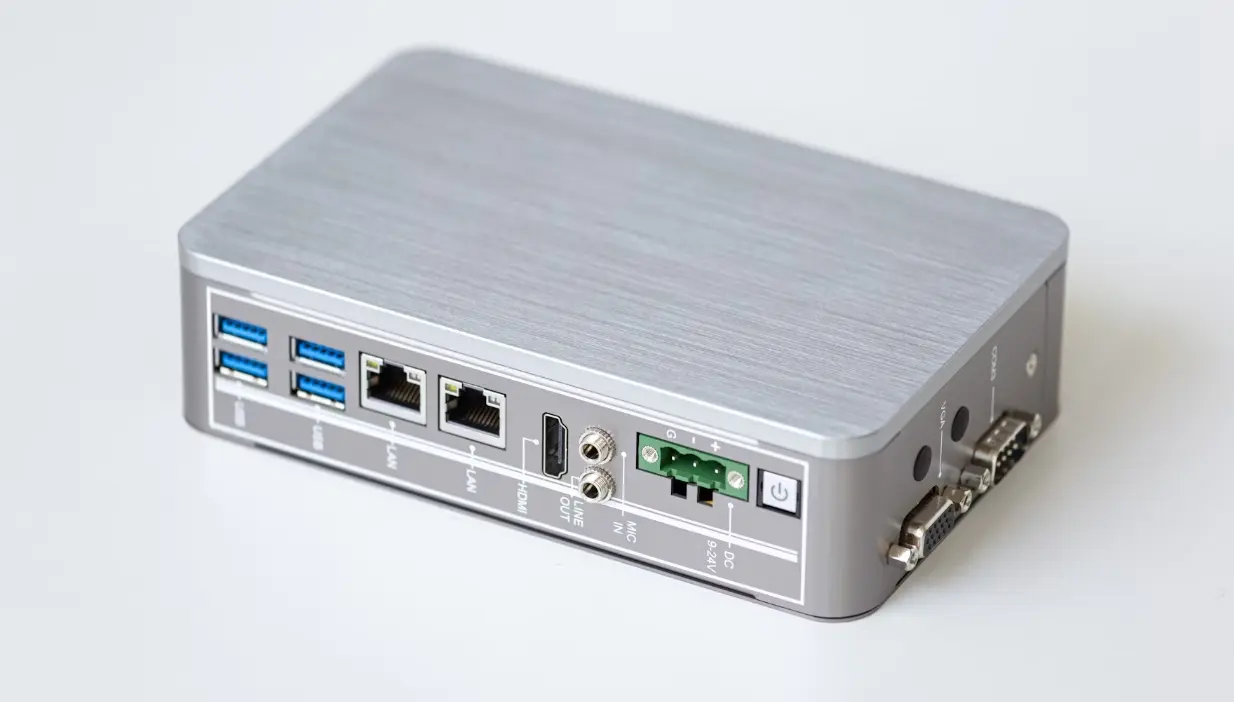 TISI Certification for Hair Dryers in Thailand
TISI Certification for Hair Dryers in Thailand
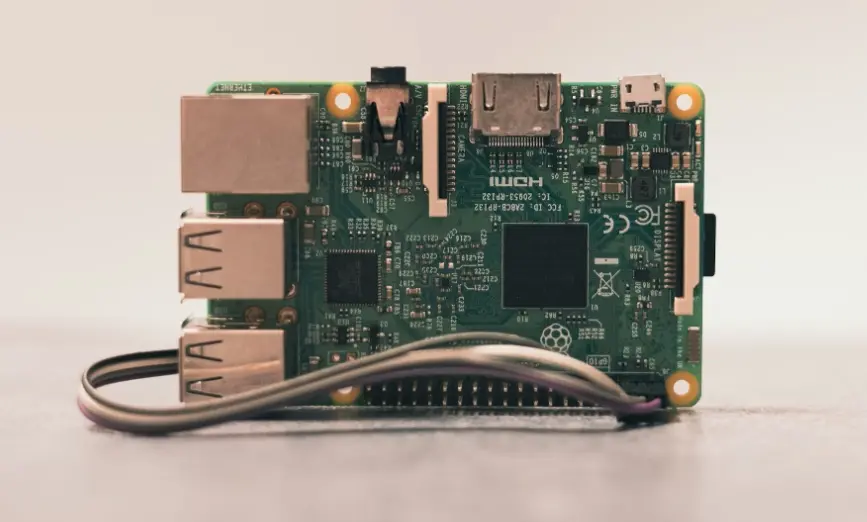 Thailand TISI Compliance Certification Reminder
Thailand TISI Compliance Certification Reminder
 CPC Certification for Baby Crawling Mats on Amazon
CPC Certification for Baby Crawling Mats on Amazon
Leave us a message
24-hour online customer service at any time to respond, so that you worry!




